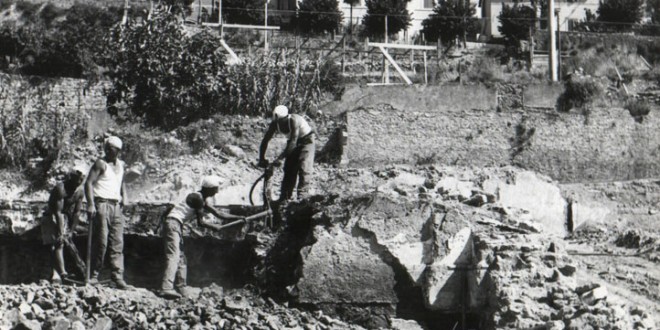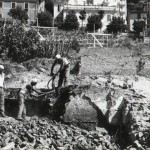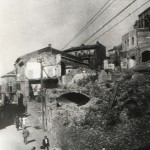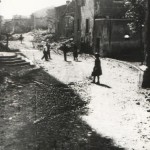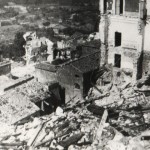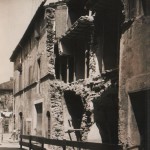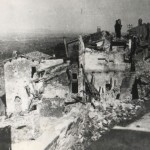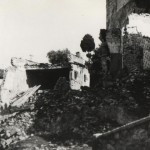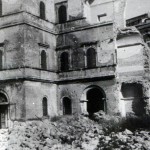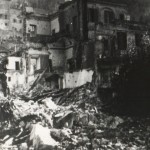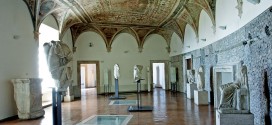On the 10th of June 1940, fascist Italy enters the war. After about three years of unsuccessful military campaigns on 10th of July 1943 the allies landed in Sicily. On 25th of July 1943 falls the regime, and on September the 8th Italy signs the Armistice and its territory get occupied by German troops.
The resurgence of peninsula by Allied armies, although slow, its not subjected to further arrests and get strengthened by another landing on the coasts of Campania- Salerno on 9th September 1943. The advance undergoes a long shutdown when allied armies start to face the imposing German defences: the Gustav line, which cuts Italy in two parts making Cassino one of its bastions.
It is in this period that Palestrina takes a leading role in the Allied liberation campaign. The city is immediately occupied by Nazi troops and, because of its location, becomes the crossroads of troops and supplies the front Cassino and from January 1944, the second front arisen with the allied landing at Anzio.
Because of high strategic importance, Palestrina experienced the first Allied bombing already in November 1943. At the beginning of bombing the Anglo-American air raids were directed at convoys or strategic centers in the suburbs, but with the beginning of the operation Shingle (landing at Anzio-Nettuno) on 22nd January 1944 the town also suffered heavy bombardment that leads to numerous civilian deaths.In the period from January to June of 1944 the city continues to be the target of allied bombs. And it is just after the begining of Strangle (allied operation whose objective was to cut the lines of communication, through which, from northern Italy, the German army was supplied) in spring of 1944, that Palestrina suffers the most devastating bombing.
On 1st June 1944 several flying fortresses bombard the residental area of the city, and the city was almost completely destroyed. The city of Palestrina reduced to ruins, the fact that helped to discover the temple of Fortune, was liberated in the morning of 4th June 1944 by troops of the French Expeditionary Corps in Italy, while the majoraty of the Allied army redirects from Valmontone towards the capital.
 Archeopalestrina Percorso archeologico di Palestrina, l'antica Praeneste
Archeopalestrina Percorso archeologico di Palestrina, l'antica Praeneste
